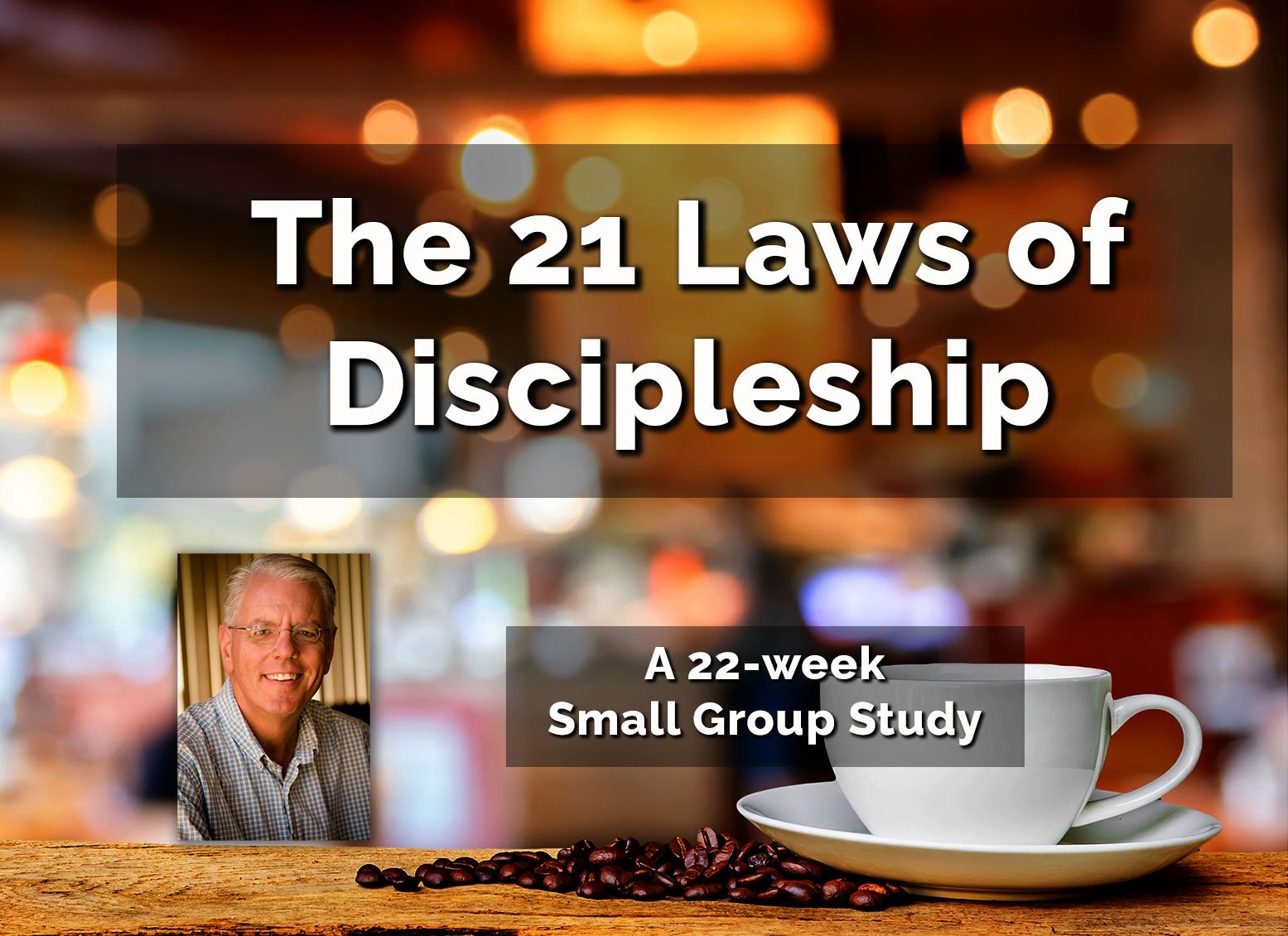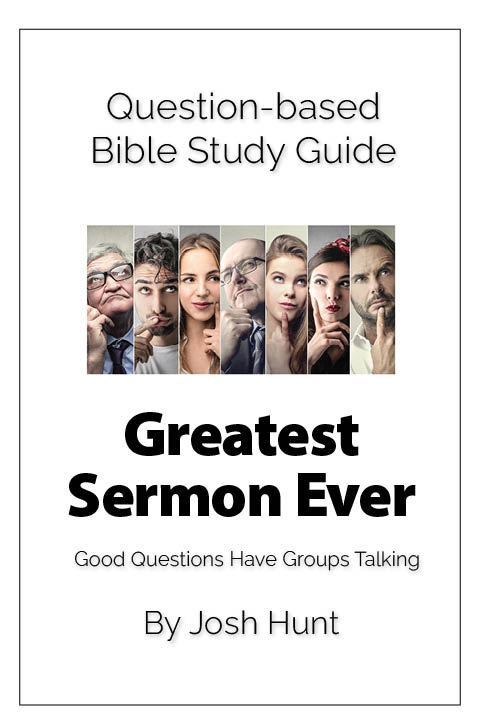John 1 - 14 Bible Study LessonsHe spoke, and galaxies whirled into place, stars burned the heavens, and planets began orbiting their suns—words of awesome, unlimited, unleashed power. He spoke again, and the waters and lands were filled with plants and creatures, running, swimming, growing, and multiplying—words of animating, breathing, pulsing life. Again he spoke, and man and woman were formed, thinking, speaking, and loving—words of personal and creative glory. Eternal, infinite, unlimited—he was, is, and always will be the Maker and Lord of all that exists. And then he came in the flesh to a speck in the universe called planet Earth. The mighty Creator became a part of the creation, limited by time and space and susceptible to aging, sickness, and death. But love propelled him, and so he came to rescue and save those who were lost and to give them the gift of eternity. He is the Word; he is Jesus, the Messiah. It is this truth that the apostle John brings to us in this book. John’s Gospel is not a life of Christ; it is a powerful argument for the incarnation, a conclusive demonstration that Jesus was, and is, the very heaven-sent Son of God and the only source of eternal life. John discloses Jesus’ identity with his very first words, “In the beginning the Word already existed. The Word was with God, and the Word was God. He existed in the beginning with God” (1:1, 2); and the rest of the book continues the theme. John, the eyewitness, chose eight of Jesus’ miracles (or miraculous signs, as he calls them) to reveal his divine/ human nature and his life-giving mission. These signs are (1) turning water to wine (2:1–11), (2) healing the official’s son (4:46–54), (3) healing the lame man at the pool of Bethesda (5:1–9), (4) feeding the 5,000 with just a few loaves and fish (6:1–14), (5) walking on the water (6:15–21), (6) restoring sight to the blind man (9:1–41), (7) raising Lazarus from the dead (11:1–44), and, after the Resurrection, (8) giving the disciples an overwhelming catch of fish (21:1–14). In every chapter Jesus’ deity is revealed. And Jesus’ true identity is underscored through the titles he is given—the Word, the only Son, Lamb of God, Son of God, true bread, life, resurrection, vine. And the formula is “I am.” When Jesus uses this phrase, he affirms his preexistence and eternal deity. Jesus says, I am the bread of life (6:35); I am the light of the world (8:12; 9:5); I am the gate (10:7); I am the good shepherd (10:11, 14); I am the resurrection and the life (11:25); I am the way, the truth, and the life (14:6); and I am the true vine (15:1). The greatest sign, of course, is the Resurrection, and John provides a stirring eyewitness account of finding the empty tomb. Then he records various post-Resurrection appearances by Jesus. John, the devoted follower of Christ, has given us a personal and powerful look at Jesus Christ, the eternal Son of God. As you read his story, commit yourself to believe in and follow him. Life Application Bible Notes (Tyndale, 2007), 1745. | If you are wanting to do a particular passage or book study and can't find it, feel free to email me at josh@joshhunt.com21 Laws of Discipleship -- the book -- |


















